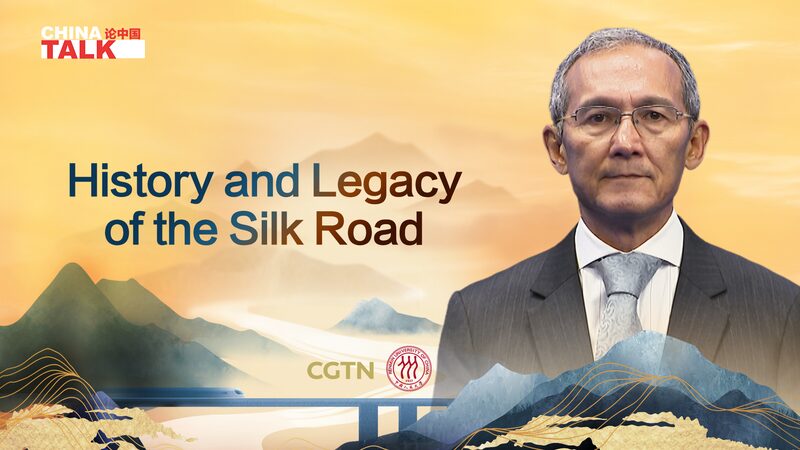Over the past decade, the Belt and Road Initiative (BRI) has made remarkable strides in transforming infrastructure across Central Asia. In 2022 alone, a staggering 16,000 fully loaded trains operated by China Railway Express connected Europe and China, with most routes passing through Central Asia. 🚆✨
Mr. Djoomart Otorbaev, former Prime Minister of Kyrgyzstan, emphasizes that this surge in regional connectivity is more than just a numbers game. He envisions Central Asia emerging once again as a pivotal hub for trade, investment, and the exchange of ideas. 🌍💡
With improved transportation links and robust infrastructure, businesses in the region are experiencing unprecedented opportunities. Entrepreneurs and investors are eyeing Central Asia as a hotspot for growth, while students and academics are diving into in-depth research to understand the evolving economic landscape. 📈📚
Moreover, the enhanced connectivity isn't just about economics. It fosters cultural exchanges and strengthens ties among the diverse communities within Central Asia, creating a vibrant and dynamic region ready to take on new possibilities. 🤝🎉
As the BRI continues to expand, the future looks bright for Central Asia, promising a blend of tradition and modernity that resonates with the aspirations of young, globally connected individuals. 🌟🌏
Reference(s):
BRI in Central Asia: Maximizing connectivity for more possibilities
cgtn.com






